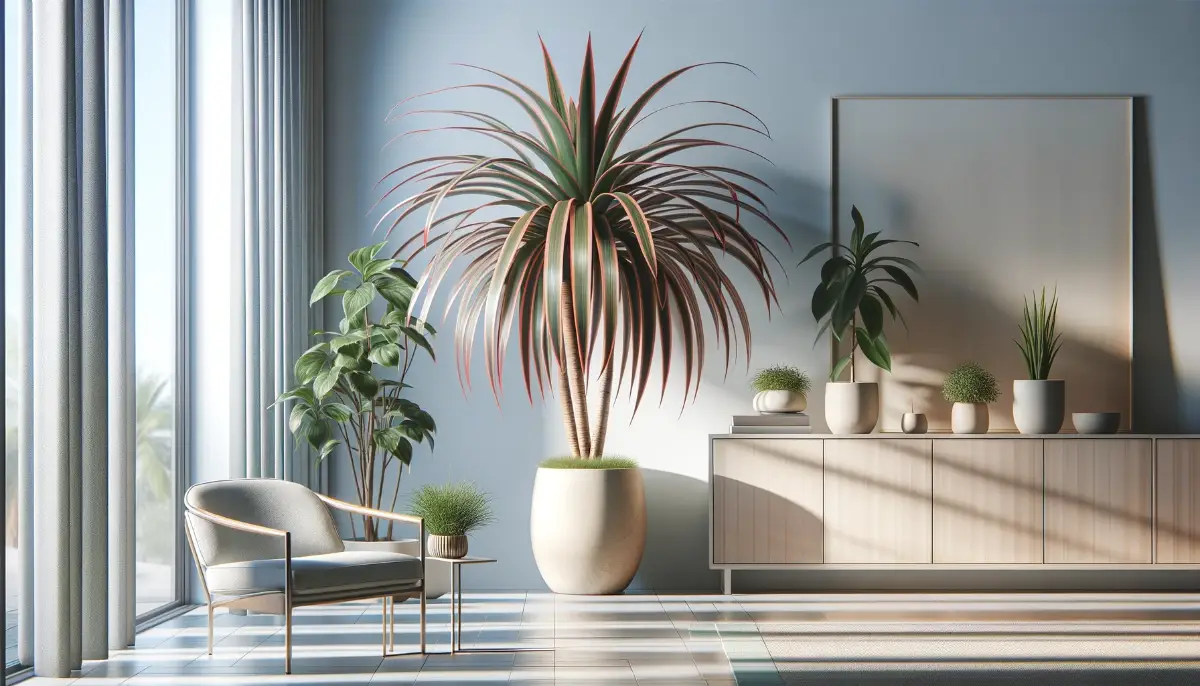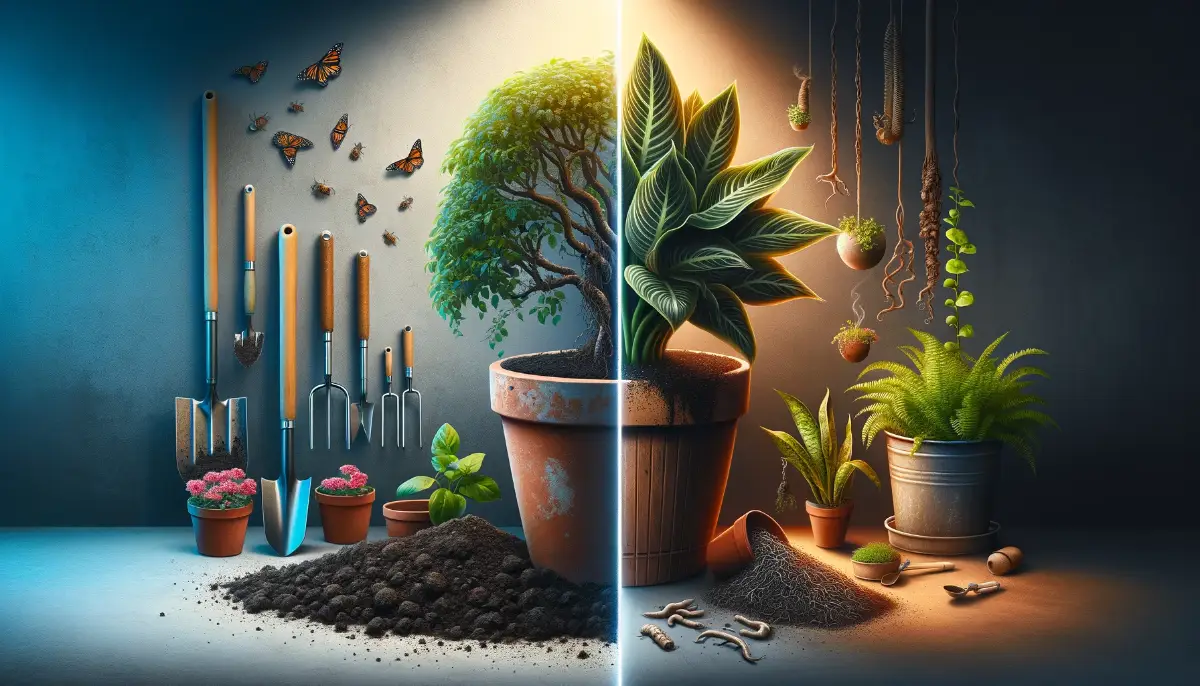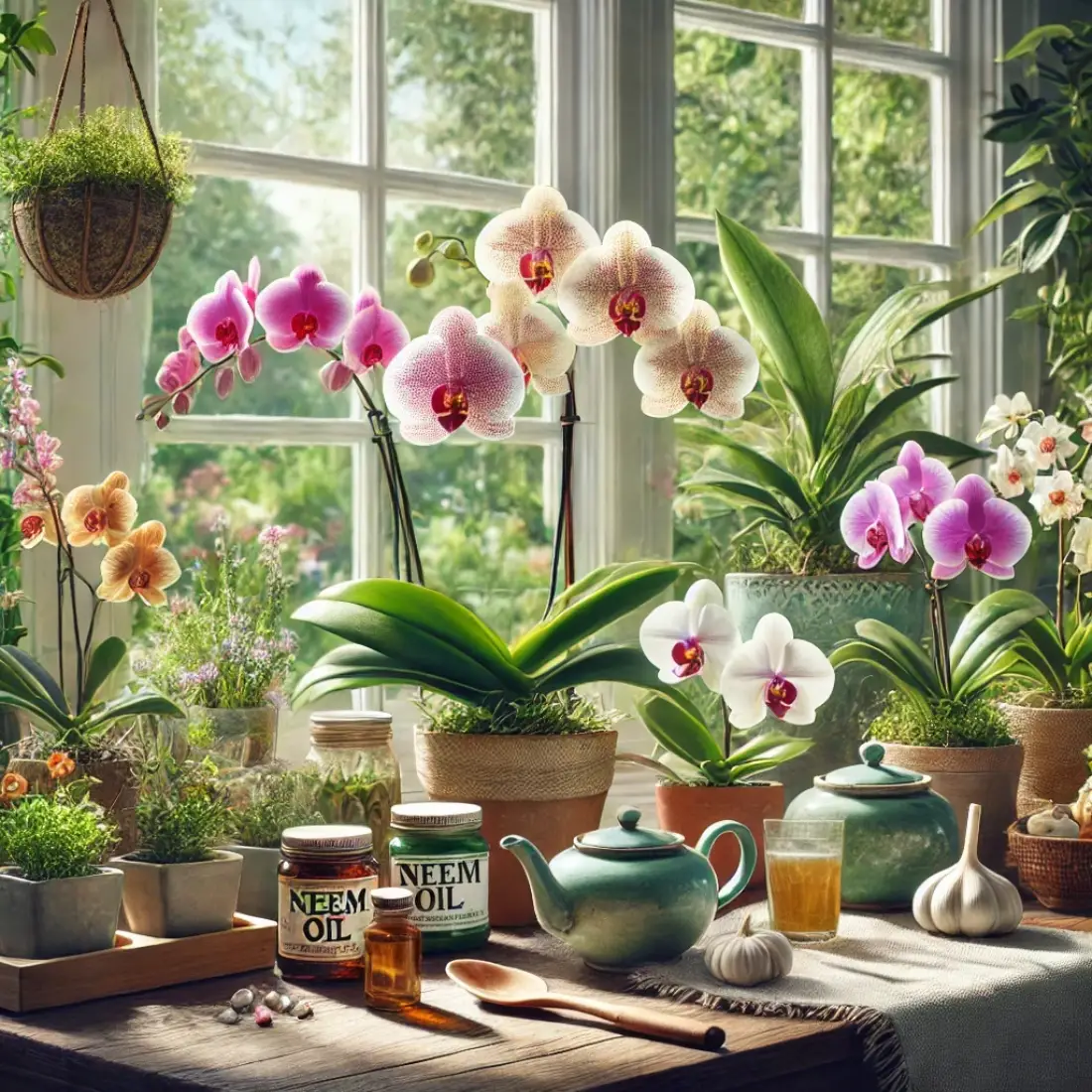Dracaena Marginata, commonly known as the Dragon Tree, is a striking, low-maintenance houseplant that adds a touch of elegance to any indoor space. Native to Madagascar, this plant features slender, upright stems topped with tufts of long, narrow leaves that can range from deep green to variegated with red or yellow edges.
Dracaena Marginata is not only admired for its aesthetic appeal but also for its air-purifying properties, making it a popular choice for both homes and offices. With proper care, this resilient plant can thrive for many years, bringing beauty and a sense of tranquility to your environment.
- Dracaena Marginata, also known as the Dragon Tree, is a visually appealing, low-maintenance houseplant perfect for beginners.
- It is native to Madagascar and is renowned for its ability to purify indoor air, removing toxins like formaldehyde and benzene.
- The plant thrives in indirect sunlight and can adapt to low-light conditions, making it ideal for various indoor environments.
- Proper care includes regular watering, well-draining soil, and occasional pruning to maintain its shape and health.
- With the right care, Dracaena Marginata can live for decades, adding long-lasting beauty and freshness to your space.
Optimal Growing Conditions for Dracaena Marginata
Dracaena Marginata thrives best in conditions that mimic its natural tropical environment. It prefers bright, indirect sunlight but can adapt well to low-light conditions, making it versatile for various indoor spaces. Avoid direct sunlight, as it can scorch the leaves. The ideal temperature range for this plant is between 65°F to 80°F (18°C to 27°C), ensuring it stays away from cold drafts and sudden temperature changes.
Humidity is another key factor, while the Dragon Tree tolerates average household humidity, it will benefit from occasional misting or placement near a humidifier, especially in drier climates. Well-draining soil is crucial to prevent root rot, so choose a potting mix that retains some moisture but doesn’t stay soggy. Maintaining these optimal conditions will help your Dracaena Marginata flourish, contributing to its health and longevity.
Watering Guidelines
Dracaena Marginata requires careful watering to thrive. Water the plant when the top inch of soil feels dry to the touch, typically once every 1-2 weeks. It’s crucial to avoid overwatering, as this can lead to root rot. Ensure the pot has proper drainage to prevent water from pooling at the bottom.
During the growing season (spring and summer), you might need to water more frequently, while in the fall and winter, reduce watering as the plant’s growth slows. Always let the soil dry out slightly between waterings to keep your Dragon Tree healthy.
Soil and Potting Requirements
Dracaena Marginata thrives in well-draining soil that allows excess water to escape easily, preventing root rot. A potting mix designed for succulents or cacti, combined with regular potting soil, works well. You can also add perlite or coarse sand to improve drainage. When potting, choose a container with drainage holes to avoid water accumulation.
Repot your Dragon Tree every 2-3 years or when roots outgrow the pot, using fresh soil to replenish nutrients. Ensure the new pot is only slightly larger than the current one to prevent excessive soil moisture.
Organic Fertilizers
To keep your Dracaena Marginata healthy and vibrant, use organic fertilizers that provide a gentle nutrient boost. During the growing season (spring and summer), feed the plant every 4-6 weeks with a balanced organic liquid fertilizer, diluted to half strength. Compost tea, worm castings, or fish emulsion are excellent choices that enrich the soil without overwhelming the plant.
In fall and winter, reduce feeding, as the plant’s growth slows down. Always water the plant before applying fertilizer to avoid root burn, ensuring the nutrients are absorbed evenly without causing stress to the Dragon Tree.
Pruning and Maintenance Tips
Pruning Dracaena Marginata helps maintain its shape and encourages new growth. Trim any yellowing or dead leaves regularly to keep the plant looking fresh. To control height or encourage branching, cut the stems back to the desired length, new shoots will emerge just below the cut. Always use sharp, clean pruning shears to avoid damaging the plant.
If your Dragon Tree becomes too tall or leggy, pruning the top can rejuvenate it. Additionally, wipe the leaves with a damp cloth to remove dust, ensuring they can photosynthesize effectively and stay healthy.
Propagation of Dracaena Marginata
Propagating Dracaena Marginata is a simple way to grow new plants. The most common method is stem cuttings. Cut a healthy stem just below a leaf node, ensuring it’s at least 4-6 inches long.
Remove the lower leaves and place the cutting in water or directly into well-draining soil. If using water, change it weekly to prevent stagnation. Roots typically form within a few weeks. Once roots are a few inches long, transplant the cutting into soil. Another method is air layering, where you encourage roots to grow on a stem while it’s still attached to the parent plant.
Common Problems and Solutions
Dracaena Marginata is generally resilient, but it can encounter some common problems. Here’s how to address them:
- Yellowing Leaves: Often caused by overwatering or poor drainage. Ensure the soil dries out between waterings and that your pot has adequate drainage. Yellowing can also indicate too little light, so consider moving the plant to a brighter location.
- Brown Leaf Tips: Usually a sign of low humidity or fluoride in the water. Increase humidity by misting the plant or using a humidifier. Use filtered or distilled water to avoid fluoride damage.
- Slow Growth: This can result from insufficient light or nutrients. Move the plant to a brighter spot with indirect sunlight and consider using a balanced organic fertilizer during the growing season.
- Pests (Spider Mites, Mealybugs): If you notice tiny webs or white cottony spots, your plant may have pests. Wipe the leaves with a damp cloth and treat with insecticidal soap or neem oil. Regularly inspect the plant to catch infestations early.
- Root Rot: Caused by overwatering or poorly draining soil. If you suspect root rot, remove the plant from the soil, trim affected roots, and repot in fresh, well-draining soil.
FAQs about Dracaena Marginata (Dragon Tree)
How often should I water my Dracaena Marginata?
Water when the top inch of soil is dry, typically every 1-2 weeks. Avoid overwatering to prevent root rot.
Can Dracaena Marginata grow in low light conditions?
Yes, Dracaena Marginata can adapt to low light but thrives best in bright, indirect sunlight.
Why are the tips of my Dracaena Marginata’s leaves turning brown?
Brown tips can result from low humidity, fluoride in water, or underwatering. Increase humidity and use filtered water.
Is Dracaena Marginata toxic to pets?
Yes, Dracaena Marginata is toxic to cats and dogs if ingested, causing symptoms like vomiting and drooling.
How do I propagate Dracaena Marginata?
Propagate through stem cuttings by placing them in water or soil. Roots typically form within a few weeks.
When should I repot my Dracaena Marginata?
Repot every 2-3 years or when roots outgrow the pot, using fresh, well-draining soil.
What kind of fertilizer should I use for Dracaena Marginata?
Use a balanced organic liquid fertilizer every 4-6 weeks during the growing season, diluted to half strength.
How tall can Dracaena Marginata grow?
Indoors, Dracaena Marginata can reach up to 6-10 feet tall, depending on care and environment.
What should I do if my Dracaena Marginata gets pests?
Treat pests like spider mites and mealybugs with insecticidal soap or neem oil. Regularly inspect the plant for early detection.
Why are my Dracaena Marginata’s leaves turning yellow?
Yellowing leaves often indicate overwatering, poor drainage, or insufficient light. Adjust watering habits and light exposure.










